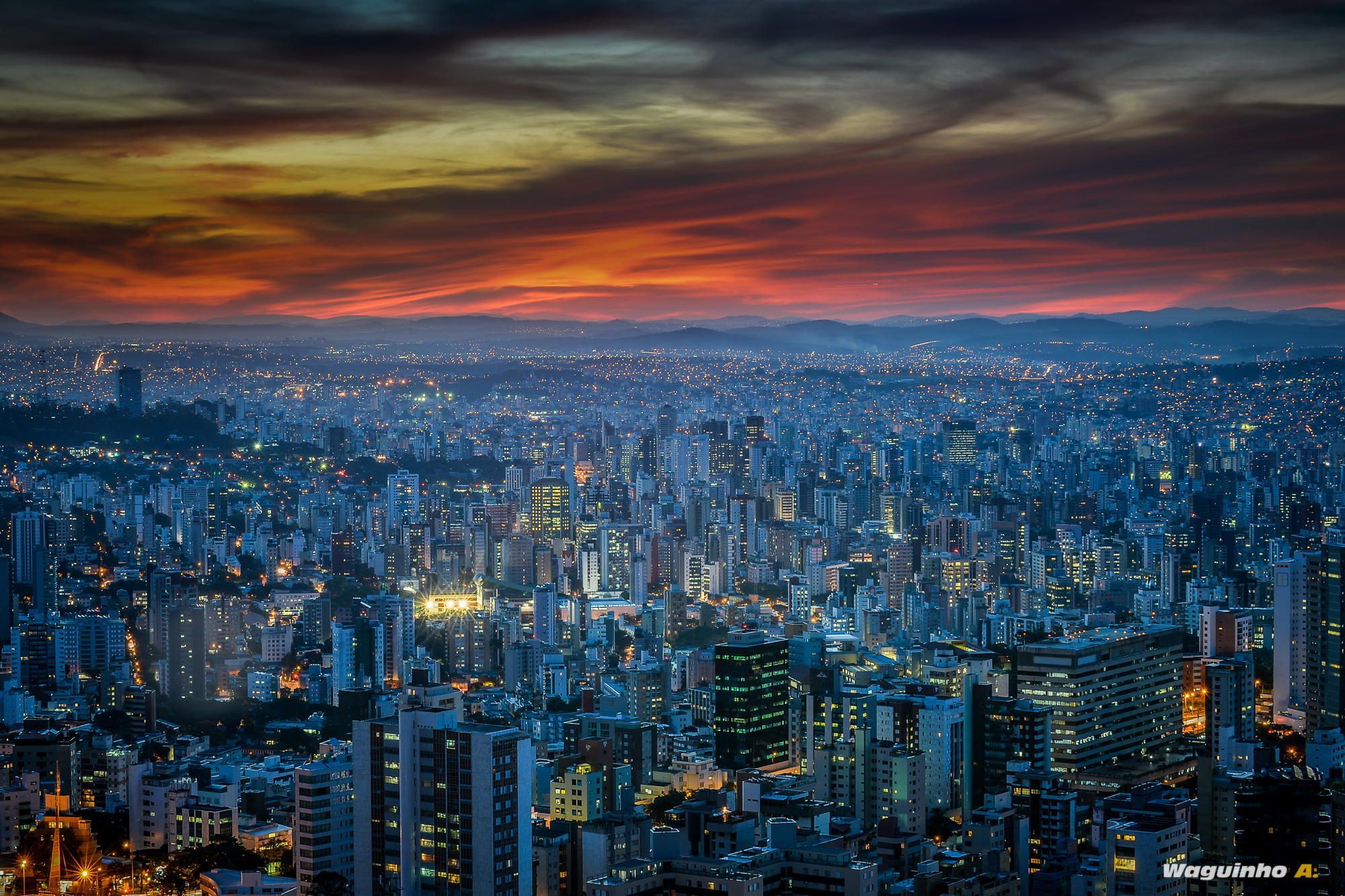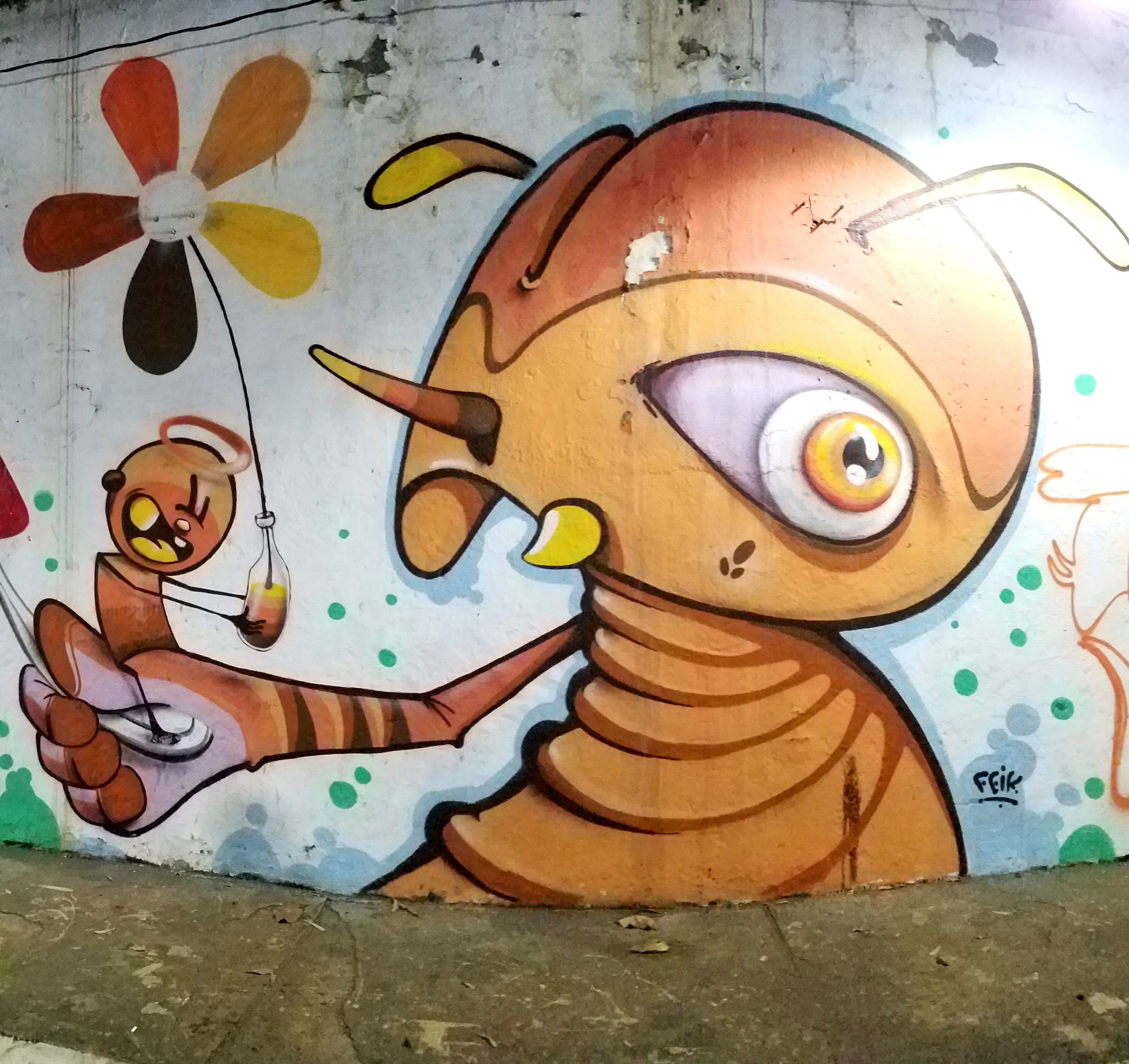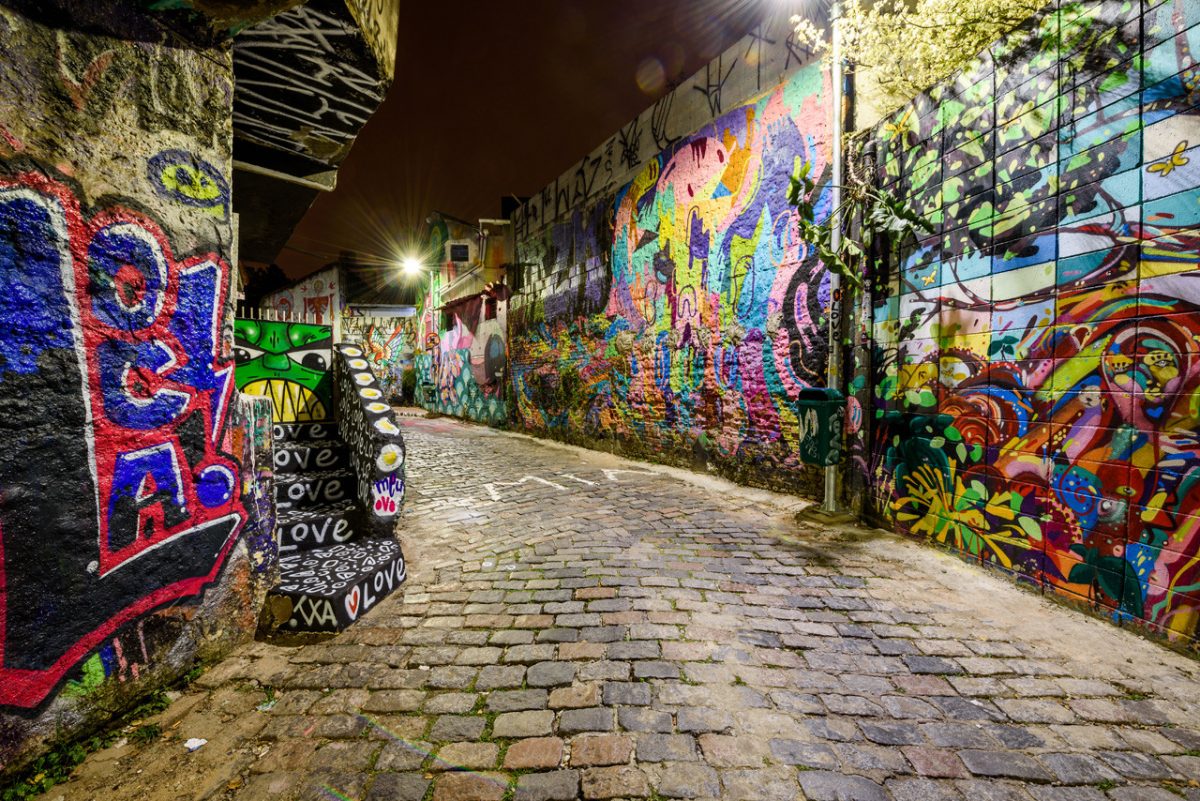RIO DE JANEIRO, BRAZIL – Three art fairs will be held in São Paulo through June. The country’s oldest event, SP-Arte, which is 18 years old, will be held April 6-10.
There are two newcomers: ArtSampa, the first edition of ArtRio in São Paulo, which opens next Thursday (March 17) at Oca, and ArPa, which will be held June 1-5 in a temporary space at Complexo Pacaembu.
After the news of a revival of the national art market, with even better results in 2021 than in the years before the pandemic, the question remains: can the city accommodate two new events in the same semester? In general, several representatives of the sector believe that there is potential.

Some numbers can help measure how sustainable they are. The most recent industry survey from 2018 showed that sales increased in nearly half of the national galleries (49%) in the previous year.
The study is a partnership between the Brazilian Contemporary Art Association (Abact), the Latitude project, which promotes the internationalization of national Art, and ApexBrasil, the Brazilian Export and Investment Promotion Agency.
A recent study, The Art Market 2021, conducted by Art Basel in collaboration with UBS Bank, found that online trading has led to a 25% increase in total sales in the global market in the first year of the pandemic, representing US$12.4 billion in transactions, double that of 2019.
The virtual environment has consolidated, and trade shows, including Brazilian ones, have finally adopted a hybrid profile: digital and face-to-face.
SP-Arte continues to be the broadest, ranging from small to large galleries. ArtSampa, from small to medium, and ArPa, from medium to large.
Brenda Valansi, creator of ArtRio, which opened in 2011, planned to create a version for São Paulo since 2019. Her marketplace was launched before the pandemic and gained momentum in 2020.
The founder and director of SP-Arte, Fernanda Feitosa, attributes the art market’s growth not only to the boom of the digital environment but also to the strengthening of the sector that her fair promoted for almost two decades.

The fair is intended to bring some of the “soft power” of Art to the enterprise. At the helm of ArPa is the collector couple, Eduardo and Camilla Barella. He is CEO of Progen, an engineering firm that is part of the concessionaire that won the tender for the renovation of Pacaembu, which was criticized by residents, urban planners, and preservationists.
According to Camilla Barella, whose consulting firm Viva Projects organizes the fair, ArPa also responds to a demand from the market itself for a new date on the sector’s calendar in the city.
In December 2020, the pair partnered with galleries for the first time when they hosted the open-air Art in the Field exhibition on the stadium’s lawn. The initiative helped plans mature.
“We realized there was space. To have only one fair is very little,” he estimates. São Paulo is the most significant economic and cultural center in Latin America. It has a financial elite that has the potential to be a cultural elite as well. Some 40 galleries have already confirmed their participation, including Vermelho and Mendes Wood DM, including two important exhibitors.
Lume, a medium-sized gallery that has been around for ten years, has grown 65% in the last two years. It will participate in all three fairs. At ArPa, the proposal of division and greater profit transparency was attractive.
Not to mention the value of the square meter of the grandstand. We found out that prices range from R$1,000 at Pacaembu to R$1,600 at ArtSampa and R$1,890 at SP-Arte.
For gallery owner Paulo Kassab, it’s too early to tell if such close competition between fairs will create a scenario of unfavorable profits for SP-Arte, for example.

What is the reason for the growth of the domestic market in recent years? In addition to online sales, gallery owners identify three vectors.
The strengthening of national galleries with the flight of top ten foreign competitors – London-based White Cube even had a branch in São Paulo from 2012 to 2015 – the strength of construction in the high-end segment, and the renewal of the profile of buyers who are territorially dispersed across the country.
In addition to renewing the collector profile, the galleries and fairs also point to an increase in diversity, both among small exhibitors and in artistic production.
With information from Valor

